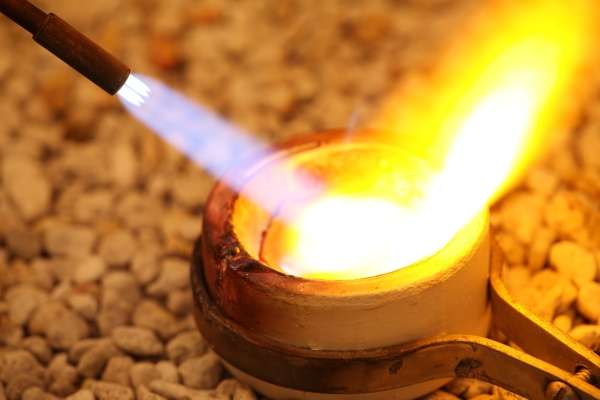
Jul 14,2023
The appropriate crucible material is crucial for achieving optimal performance, durability, and quality in various industrial processes. With a wide range of materials available, understanding the factors that influence the choice can help you make an informed decision. This comprehensive guide will explore key considerations and provide valuable insights to help you choose the right crucible material. Whether you are involved in metal casting, melting, or other high-temperature applications, this guide will equip you with the knowledge to enhance efficiency and ensure consistent results.
The operating temperature is a vital consideration when choosing a crucible material. Different materials have varying temperature thresholds, and selecting a crucible that can withstand the specific temperature range of your process is essential. Factors such as melting point, thermal shock resistance, and thermal conductivity should be evaluated to ensure the crucible can handle the anticipated temperatures without compromising performance.
The compatibility of the crucible material with the substances being processed is critical. Different materials have varying resistance to chemical reactions, erosion, and corrosion caused by molten metals, fluxes, or other reactive materials. Evaluate the chemical composition of your process and select a crucible material resistant to the specific chemicals and compounds involved.
The mechanical strength and durability of the crucible are important for withstanding the physical demands of the process. Consider mechanical stress, impact resistance, and thermal expansion/contraction. A crucible material with sufficient strength and durability will resist cracking, deformation, and premature failure, ensuring longevity and consistent performance.
Selecting a high-purity crucible material is essential in applications where product purity is crucial, such as in the pharmaceutical or semiconductor industries. Some materials may introduce impurities or contaminants during high-temperature processing, which can affect the quality and integrity of the final product. Evaluate the purity requirements of your process and choose a crucible material that minimizes the risk of contamination.
Graphite crucibles are widely used in various high-temperature applications, including metal casting, melting, and alloying. Their excellent thermal conductivity, high-temperature resistance, and resistance to thermal shock make them suitable for processes involving non-ferrous metals, such as gold, silver, copper, and aluminum.
Silicon carbide crucibles offer exceptional thermal shock resistance and high-temperature strength. They are commonly used in applications involving intense heat, rapid temperature changes, and aggressive chemical environments. Silicon carbide crucibles are ideal for melting and refining in foundries, metallurgy, and glass manufacturing industries.
Ceramic crucibles, such as alumina and zirconia, are preferred in applications requiring high chemical resistance and excellent thermal insulation. They are commonly used in laboratories, research facilities, and industries involving high-purity materials, such as pharmaceuticals and electronics.
Regular cleaning and proper handling practices are essential for maintaining the performance and longevity of crucibles. Follow the manufacturer's guidelines for cleaning methods and avoid abrasive materials or harsh chemicals that can damage the crucible. Handle crucibles carefully, avoiding excessive impact or dropping, to prevent cracks or fractures.
Store crucibles in a clean and dry environment to prevent contamination and damage when not in use. Use appropriate covers or lids to protect crucibles from dust, moisture, and other potential sources of contamination. Avoid exposure to extreme temperatures or sudden temperature changes during storage.
Choosing the right crucible material is a critical decision that directly impacts the efficiency and quality of your industrial processes. By considering factors such as temperature resistance, chemical compatibility, mechanical strength, and purity requirements, you can select the most suitable crucible material for your specific application. Proper maintenance and care, including cleaning, handling, storage, and protection, further contribute to the longevity and performance of crucibles. Make an informed choice and experience enhanced productivity, reliability, and consistent results with the right crucible material.